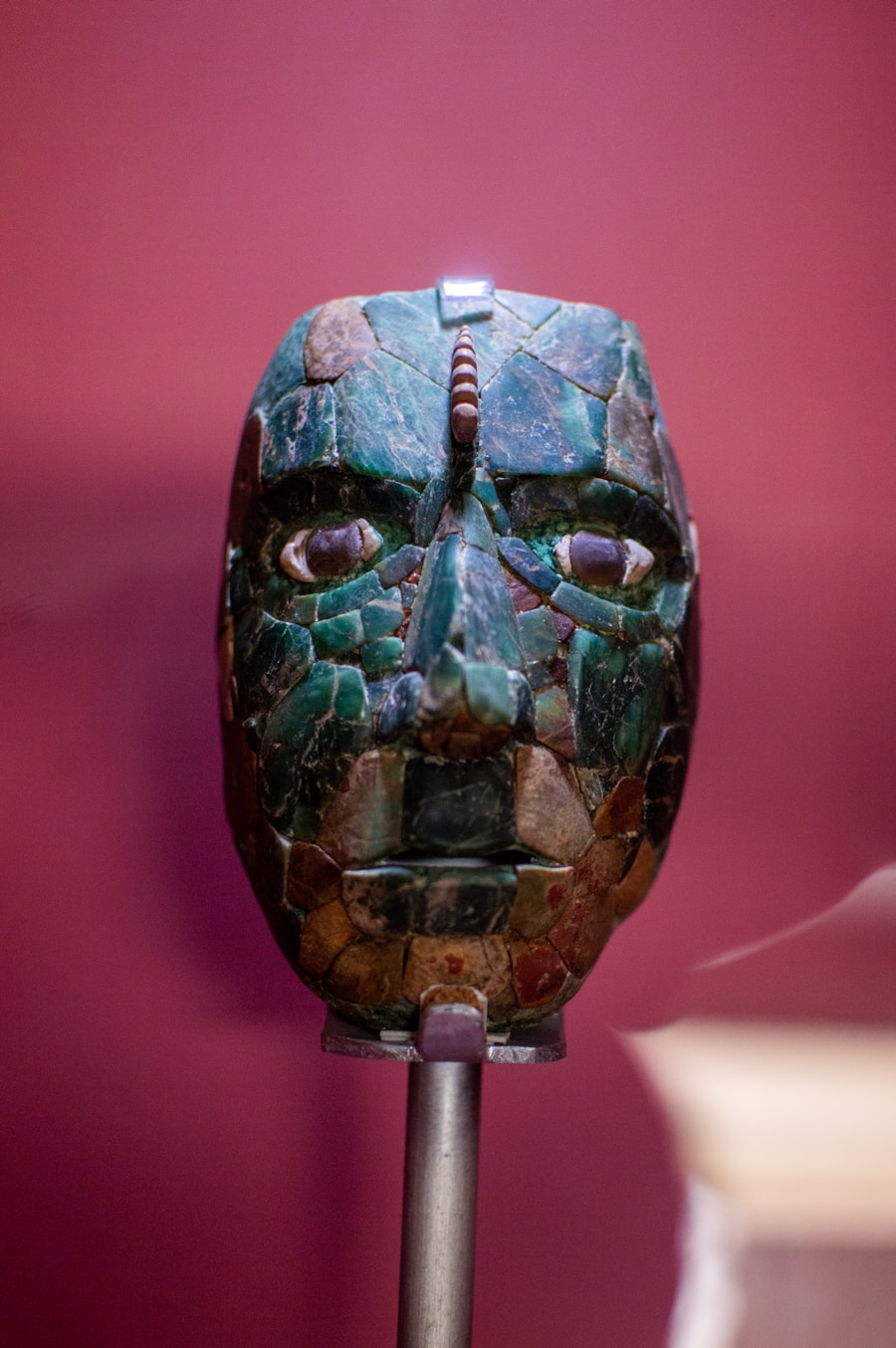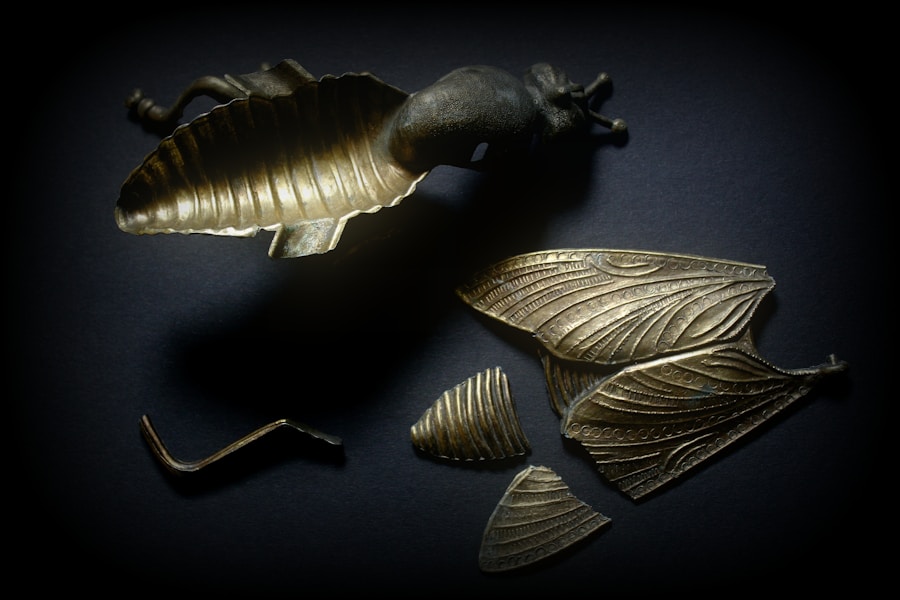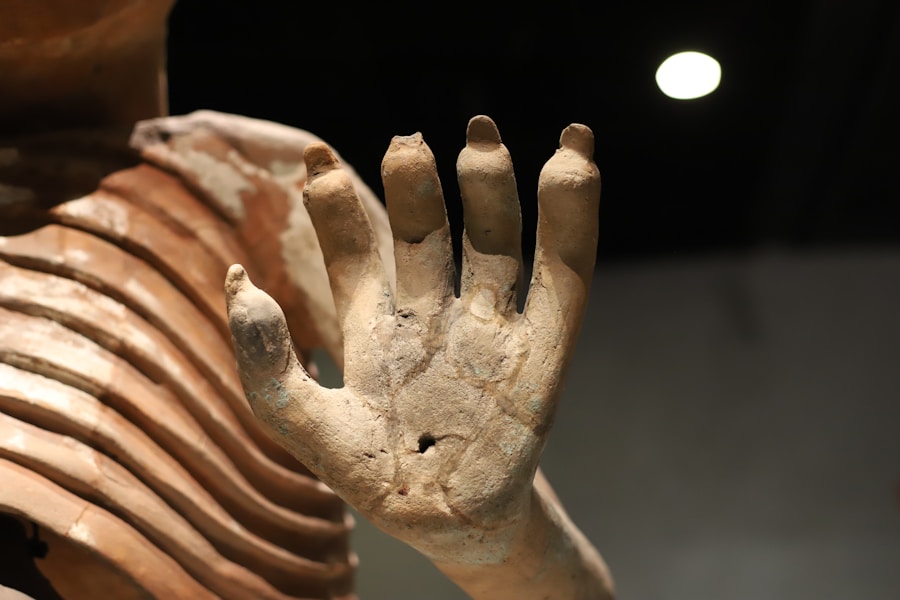The history of medicine is deeply intertwined with the evolution of surgical techniques, which have undergone significant transformations since ancient times. One of the earliest known surgical practices can be traced back to ancient Egypt, where physicians employed rudimentary tools to perform procedures such as trepanation. This technique involved drilling or scraping a hole into the skull, often to treat head injuries or alleviate pressure from conditions like epilepsy.
The Edwin Smith Papyrus, dating back to around 1600 BCE, provides detailed accounts of surgical practices and demonstrates an advanced understanding of anatomy and trauma care for its time. The Egyptians utilized a variety of instruments made from bronze and other materials, showcasing their ingenuity in creating tools that would lay the groundwork for future surgical advancements. In ancient India, the Sushruta Samhita, attributed to the physician Sushruta around 600 BCE, is considered one of the foundational texts in surgery.
It describes over 300 surgical procedures and more than 120 surgical instruments, including scalpels, forceps, and catheters. Sushruta’s work emphasized the importance of aseptic techniques and patient care, advocating for the use of herbal medicines to promote healing. His contributions to plastic surgery, particularly rhinoplasty, were revolutionary; he developed methods to reconstruct noses using skin grafts from other parts of the body.
This not only highlights the sophistication of ancient Indian medicine but also reflects a deep understanding of human anatomy and the need for surgical intervention in cases of trauma or deformity.
Key Takeaways
- Ancient surgical techniques paved the way for advancements in medicine, including the development of anesthesia and surgical tools.
- Metalworking in ancient civilizations led to innovations in metallurgy, such as the creation of bronze and iron tools and weapons.
- Architectural marvels of the ancient world showcased engineering feats, including the construction of the pyramids and aqueducts.
- Ancient innovations in agriculture, such as irrigation systems and crop rotation, led to advancements in farming techniques.
- Navigational tools and techniques, such as the astrolabe and magnetic compass, were ancient seafaring innovations that revolutionized maritime exploration.
- Ancient innovations in textile production, including the development of looms and dyeing techniques, led to advancements in weaving and fabric production.
Metalworking in Ancient Civilizations: Innovations in Metallurgy
The Bronze Age: A Turning Point
The Bronze Age, which began around 3300 BCE in the Near East, marked a significant turning point as societies transitioned from stone tools to metal implements. The discovery of bronze—a mixture of copper and tin—revolutionized various aspects of life, including agriculture, warfare, and craftsmanship.
Iron Metallurgy and Its Impact
The ability to create stronger and more durable tools allowed for increased agricultural productivity and the development of complex societies. The Hittites, for instance, were pioneers in iron metallurgy, producing high-quality iron weapons that gave them a military advantage over their rivals. In ancient China, metallurgy reached new heights with the development of cast iron during the Zhou Dynasty (1046–256 BCE). The Chinese mastered techniques such as smelting and casting, which enabled them to produce large quantities of iron tools and weapons.
Advancements in Construction and Infrastructure
This innovation not only transformed agriculture through the creation of plows and sickles but also facilitated advancements in construction and infrastructure. The Great Wall of China, for example, utilized iron tools for its construction, showcasing how metallurgy played a crucial role in monumental architecture. Furthermore, the Chinese also developed sophisticated methods for alloying metals, leading to the creation of various bronze alloys that enhanced the properties of their tools and weapons.
Architectural Marvels of the Ancient World: Engineering Feats

The architectural achievements of ancient civilizations stand as a testament to human ingenuity and engineering prowess. The Pyramids of Giza, constructed around 2580–2560 BCE, exemplify the extraordinary capabilities of ancient Egyptian architects and laborers. These monumental structures were built using millions of limestone blocks, some weighing several tons each.
The precision with which these blocks were cut and assembled is still a subject of admiration today. The Great Pyramid, originally standing at 146.6 meters, was the tallest man-made structure for over 3,800 years. The construction techniques employed by the Egyptians involved advanced knowledge of geometry and astronomy, allowing them to align the pyramids with remarkable accuracy to cardinal points.
Similarly, the Romans showcased their architectural ingenuity through the development of concrete and the arch. The Colosseum, completed in 80 CE, is a prime example of Roman engineering that combined functionality with grandeur. This amphitheater could hold up to 80,000 spectators and featured a complex system of vaults and arches that distributed weight effectively.
The use of concrete allowed for greater flexibility in design and enabled the construction of larger and more durable structures than ever before.
Ancient Innovations in Agriculture: Advancements in Farming Techniques
Agriculture has been a fundamental aspect of human civilization since its inception, and ancient innovations in farming techniques laid the groundwork for modern agricultural practices. The Fertile Crescent, often referred to as the “cradle of civilization,” saw some of the earliest developments in agriculture around 10,000 BCE. Early farmers began domesticating plants such as wheat and barley while also cultivating legumes like lentils and chickpeas.
The introduction of irrigation systems allowed for more efficient water management, enabling crops to thrive even in arid conditions.
In Mesoamerica, civilizations such as the Maya developed advanced agricultural techniques that included slash-and-burn farming and terracing.
These methods allowed them to cultivate crops like maize (corn), beans, and squash on hilly terrain while preserving soil fertility. The Maya also practiced crop rotation and intercropping to maximize productivity and minimize pest infestations. Their understanding of seasonal cycles and environmental conditions was sophisticated; they developed calendars that helped them determine optimal planting times.
This knowledge not only sustained their populations but also supported complex societies with rich cultural traditions.
Navigational Tools and Techniques: Ancient Seafaring Innovations
The art of navigation has been crucial for exploration and trade throughout history, with ancient civilizations developing innovative tools and techniques that enabled them to traverse vast oceans and navigate treacherous waters. The Polynesians are renowned for their exceptional seafaring skills; they used double-hulled canoes equipped with sails made from woven plant fibers to travel thousands of miles across the Pacific Ocean. Their navigators relied on an intricate understanding of celestial navigation, using stars, sun positions, and ocean currents to guide their journeys.
They also observed bird flight patterns and ocean swells as indicators of land proximity. In contrast, ancient Mediterranean civilizations such as the Greeks and Phoenicians made significant contributions to navigation through advancements in cartography and shipbuilding. The Greeks developed early maps that depicted coastlines and landmarks with increasing accuracy.
They utilized ships like triremes—sleek vessels powered by rows of oars—to engage in trade and warfare across the Mediterranean Sea. The invention of the astrolabe by Greek astronomers allowed sailors to measure the altitude of celestial bodies above the horizon, providing critical information for determining latitude at sea. This tool was instrumental for later explorers during the Age of Discovery.
Ancient Innovations in Textile Production: Advancements in Weaving and Dyeing

Textile production has been an essential aspect of human culture since ancient times, with innovations in weaving and dyeing techniques reflecting both artistic expression and practical needs. In ancient Mesopotamia, evidence suggests that people began weaving textiles as early as 5000 BCE using simple looms made from wood or reeds. The development of more complex looms allowed for intricate patterns and designs that showcased skilled craftsmanship.
Wool became a primary material for textiles due to its availability; artisans dyed wool using natural pigments derived from plants, minerals, and insects to create vibrant colors that adorned garments worn by both commoners and elites. In ancient China, silk production emerged around 2700 BCE when Empress Leizu is said to have discovered sericulture—the cultivation of silkworms for silk thread production. This luxurious fabric became highly sought after along trade routes such as the Silk Road, facilitating cultural exchange between East and West.
The Chinese perfected weaving techniques that allowed them to create elaborate silk garments adorned with intricate embroidery. Additionally, they developed advanced dyeing methods using natural substances like indigo and madder root to produce rich hues that were both durable and visually striking. The innovations in textile production not only served practical purposes but also played a significant role in social stratification within ancient societies.
Textiles became symbols of status; elaborate garments often indicated wealth or nobility while simpler fabrics were worn by laborers or lower classes. As trade networks expanded, textiles became valuable commodities exchanged across regions, further intertwining economic systems with cultural practices.
If you are interested in learning more about the diversity and classification of bacteria and viruses, check out this informative article here. It delves into the key characteristics and types of these microorganisms, providing a comprehensive overview of their classification. This article would be a great complement to the exploration of ancient innovations in surgical skills and metal mastery.
FAQs
What are some examples of ancient surgical skills and innovations?
Some examples of ancient surgical skills and innovations include trepanation, which involved drilling a hole into the skull to treat head injuries, and the use of herbal remedies and plant-based medicines for various ailments.
What were some ancient innovations in metal mastery?
Ancient civilizations such as the Egyptians, Greeks, and Romans were skilled in metalworking, creating innovations such as bronze casting, iron smelting, and the development of various metal tools and weapons.
How did ancient civilizations contribute to the development of medical knowledge and practices?
Ancient civilizations made significant contributions to medical knowledge and practices through the development of surgical techniques, the use of herbal remedies and plant-based medicines, and the establishment of medical schools and healing temples.
What impact did ancient innovations in surgical skills and metal mastery have on modern technology and medicine?
Ancient innovations in surgical skills and metal mastery laid the foundation for modern technology and medicine by influencing the development of surgical techniques, medical instruments, and metalworking processes that are still used today.






















+ There are no comments
Add yours